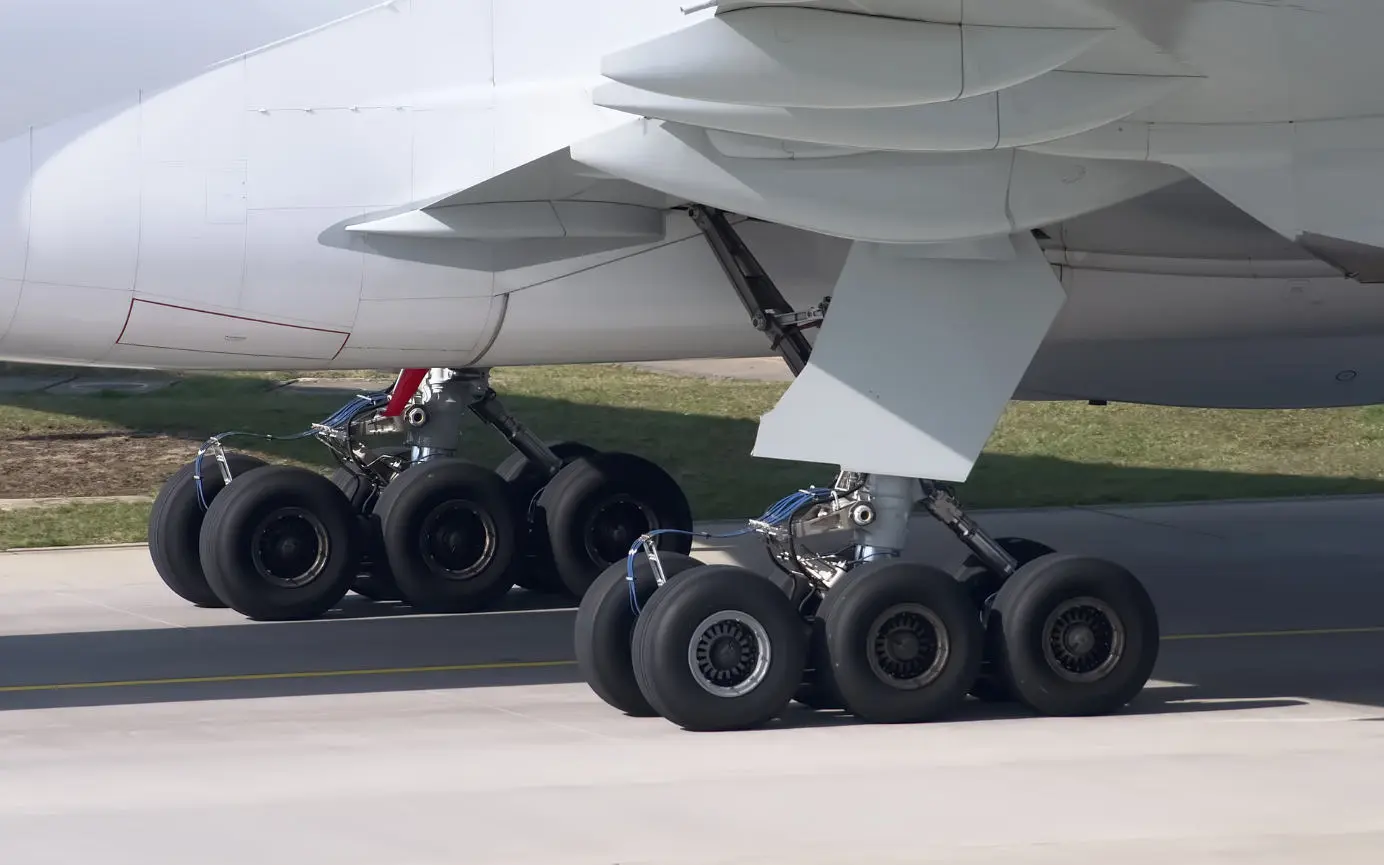
Understanding How Often Airplane Tires are Changed
Airplane tires are typically changed based on a combination of factors including usage, wear, and manufacturer recommendations. Learn more about the frequency and process of changing airplane tires.
Table of Contents
Airplane tires, although often overlooked, play a pivotal role in the safe operation of aircraft. Their change is a regular yet vital procedure that is fundamental to maintaining the safety of countless flights that happen each day.
Tires are engineered to endure the intense pressures of landing and must be replaced when they have worn out or deteriorated to a certain extent, often after a specified number of landings. This not only ensures a safe landing but also enhances the overall operational efficiency of the aircraft.
In this blog post, we will delve into how often airplane tires are changed, a routine yet critical task that ensures the safety of thousands of flights daily.
The Vital Role of Airplane Tires
Airplane tires are not simply a mundane aspect of an aircraft; they are pivotal in ensuring safe takeoffs and landings. These tire juggernauts bear an immense load, supporting the entire weight of the aircraft, its passengers, and cargo during these critical flight phases. In addition, they must grapple with exceedingly harsh conditions, including high-velocity landings, immense weight pressure, rain, and significant temperature fluctuations.
The resilience of these tires comes from the quality of materials employed in their making. A robust blend of rubber, fortified by steel beads, gives them the durability to withstand intense stress and strain. However, this toughness does not eliminate the need for regular check-ups and maintenance. Even these high-quality materials can succumb to wear and tear over time and under extreme conditions, making frequent inspections and timely replacements crucial in averting devastating failures.
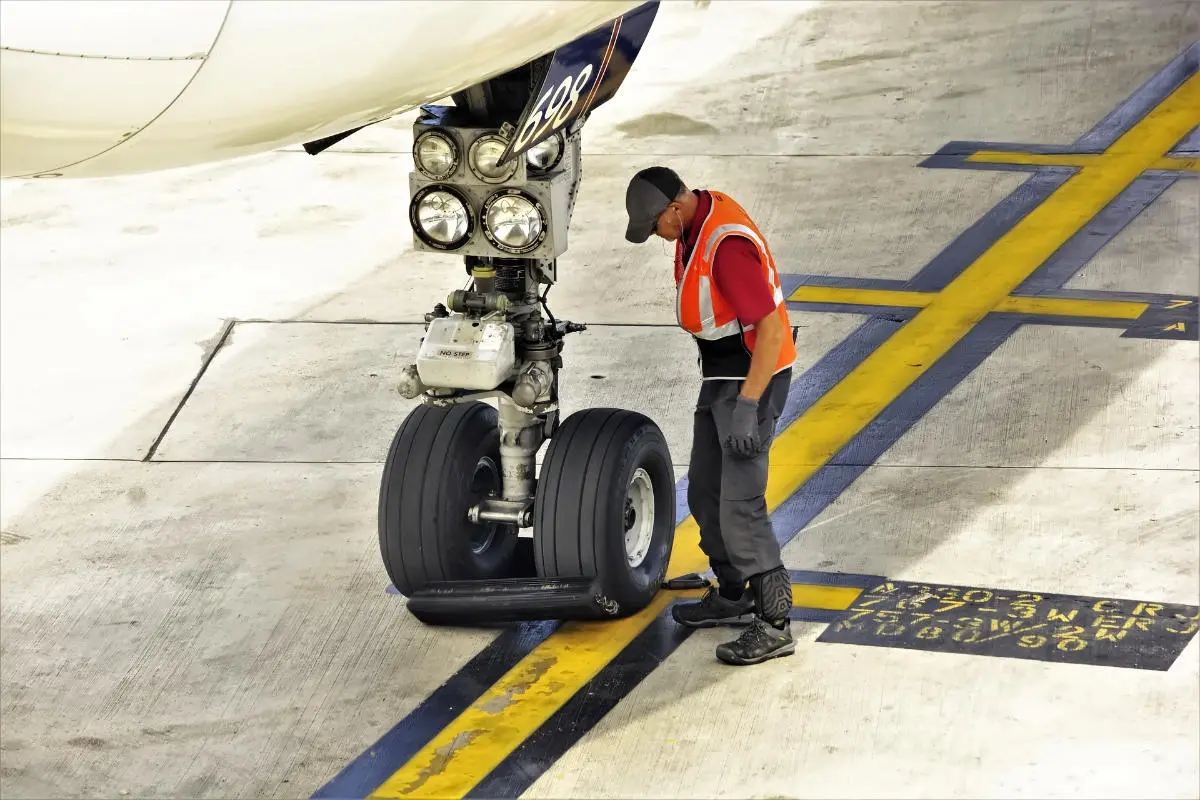
To sum up, the role of airplane tires extends far beyond being a mere point of contact between the aircraft and the ground. Their high-quality construction and ability to withstand extreme conditions make them vital in maintaining the safety and integrity of an aircraft. It's this importance that underlines the necessity of understanding how often airplane tires are changed, a process that helps to ensure the reliable performance of these critical components.
Factors Determining Airplane Tire Change Frequency
The frequency of tire changes on an aircraft is not a one-size-fits-all scenario; it depends on a constellation of variables.
A significant influence is the type of airplane. For example, commercial airplanes, due to their substantial passenger and cargo loads and the high number of landings they execute, may require more regular tire changes.
The number of hard landings also affects the tire wear. If an aircraft experiences a higher vertical speed and force upon landing (like when the landing is hard), the tires will encounter increased load and wear more. Additionally, tires tend to deteriorate faster during crosswind landings due to the sideways force they endure
The condition of the runways is another significant factor. Rough or uneven surfaces can cause more wear and tear on the tires, necessitating more frequent changes.
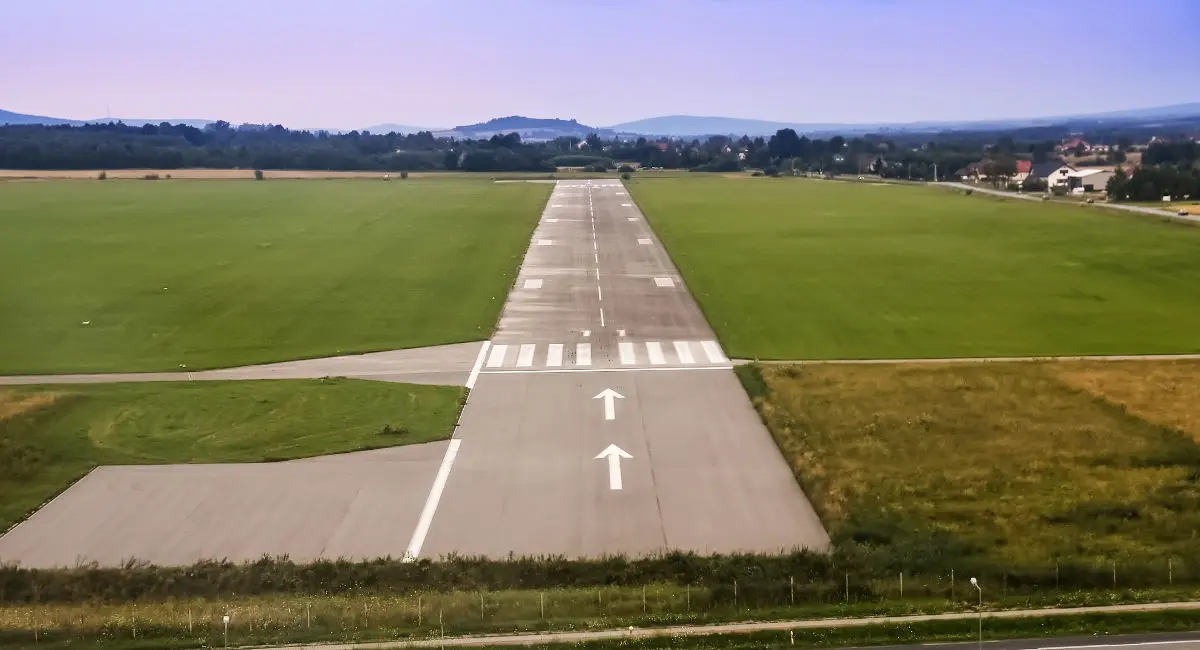
Environmental elements like extreme temperatures can also affect the tires significantly. Tires operating under these severe circumstances may require frequent inspections and replacements to maintain optimal performance.
Lastly, the maintenance practices of the airline can influence tire change frequency. Airlines that prioritize regular maintenance and timely tire changes can often prolong the lifespan of their tires by retreading them.
In essence, a myriad of factors comes into play when determining how often airplane tires need to be changed, making it a complex and critical aspect of aviation maintenance.
How Often Are Commercial Airplane Tires Changed?
Commercial airplane tires are engineered to endure a high number of landings, making their change frequency less than one might initially guess. A tire on a large commercial aircraft can typically last through 200-250 landings before a change becomes necessary.
However, this doesn't imply that the tires are neglected between changes. On the contrary, rigorous inspections are conducted before and after each flight to monitor their condition and ensure they remain in top shape. If these inspections reveal any signs of wear and tear or other potential issues, the tires are promptly replaced to prevent any compromise on safety.
However, it's essential to note that this frequency may fluctuate based on multiple factors as mentioned above. Despite these factors, airlines prioritize maintaining the optimal performance of these essential components by following stringent maintenance schedules. This adherence to routine inspection and replacement is instrumental in ensuring a high level of safety in commercial aviation.
The Rigorous Process of Changing Airplane Tires
Switching out airplane tires is similar to changing tires on a car. The procedure begins with grounding the aircraft and raising it on jacks that attaches to the landing gear. Once raised, the existing tires are cautiously detached and the brakes are inspected to identify any potential damage or areas of concern. Finally fresh tires are installed and the aircraft is lowered again.
The old tires are usually sent to a workshop where mechanics determine if they should be retreaded or discarded.
The process of changing an airplane tire takes about 15 minutes. Although it may seem like a straightforward tire change, the procedure is a little more involved, as it takes more than one person to do it and the components and tools in question are much larger and heavier than on a family car.
Consequences of Neglecting Regular Tire Maintenance
Ignoring the routine maintenance of airplane tires can cause serious issues. Worn-out tires that aren't timely replaced can rupture during crucial stages such as landing or taking off, endangering not only the passengers and crew aboard the plane but also people on the ground. This possibility is not a mere hypothetical - incidents of tire blowouts have occurred, underscoring the grave risks involved.
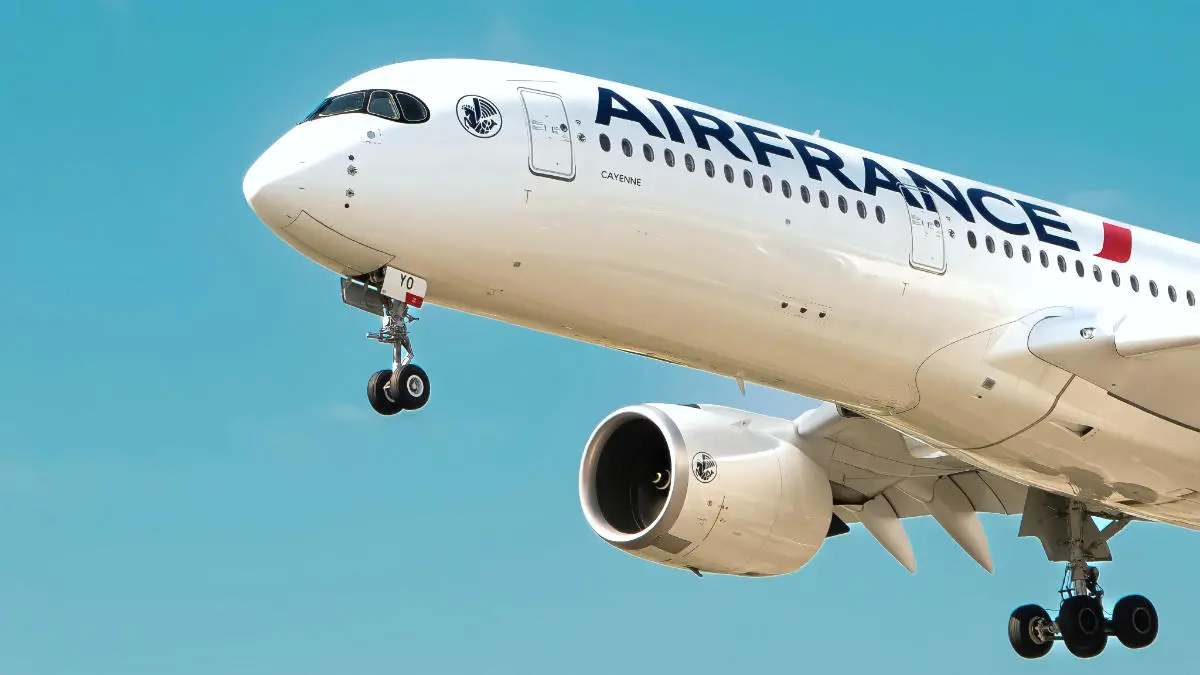
Beyond the immediate safety threats, neglecting tire maintenance can also have significant economic repercussions for airlines. A tire-related malfunction or accident can immobilize an airplane for an extended period as repairs are carried out, leading to delayed or cancelled flights. In a competitive industry where delays can mean disgruntled customers and lost business, this downtime can translate to considerable financial losses.
Moreover, mishaps resulting from neglected maintenance can inflict damage on the airline's reputation. Trust is a crucial commodity in aviation; once compromised, it can be hard to regain. Therefore, airlines have a vested interest in the timely upkeep of airplane tires.
In addition, airlines that fail to adhere to maintenance schedules may face penalties from aviation regulatory bodies. These institutions enforce stringent standards and regulations to ensure air travel safety, and neglecting routine tire maintenance could be considered a violation, resulting in hefty fines or even suspension of operation licenses.
In short, failing to maintain airplane tires regularly and replace them when needed can lead to severe safety risks, substantial financial losses, reputational damage, and potential regulatory penalties. It's a high price to pay for an oversight that can be avoided with diligent maintenance practices.
Advancements in Airplane Tire Technology
The progress in aviation technology isn't limited to only the engines or avionics; it encompasses every aspect of the aircraft, including the tires. Advancements in airplane tire technology are continually evolving, as tire manufacturers strive to improve the resilience and performance of these critical components. Innovation in materials science and production methods is leading the way towards more robust, long-lasting tires.
Emerging tire technologies aim to improve durability, with newer designs targeted at increasing the number of landings a tire can endure before requiring replacement. This, in turn, contributes to reducing the overall maintenance expenditure for airlines, a significant aspect considering the high cost of aviation operations.
Apart from durability, there is a focus on enhancing tire performance under extreme conditions. New material compositions are being explored to create tires that can better withstand the harsh conditions they are exposed to, including high-speed landings, heavy loads, and significant temperature fluctuations.
Research is also underway to make airplane tires more eco-friendly. The tire industry is exploring sustainable materials and manufacturing processes that lessen the environmental impact without compromising the tire's performance or safety features.
Tire monitoring technologies are another area of significant advancements. The integration of sensors and smart technologies into tires is enabling real-time monitoring of tire condition, pressure, and temperature. This data can alert maintenance crews to potential issues before they become significant problems, further enhancing safety and operational efficiency.
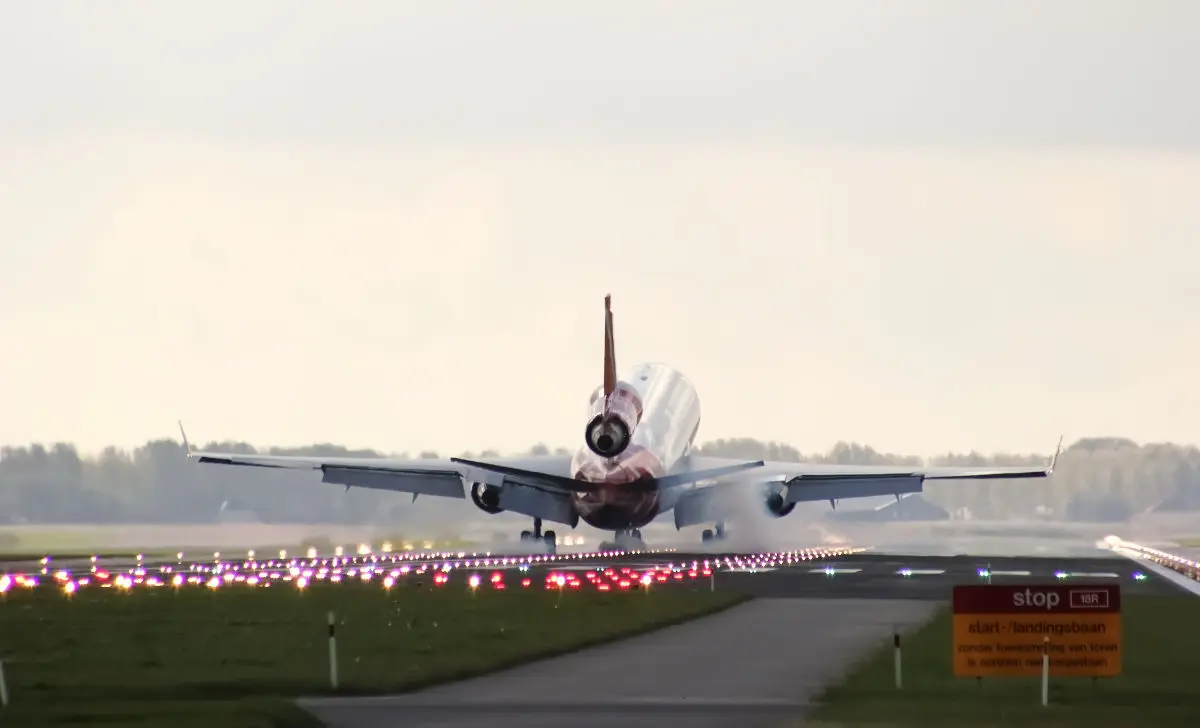
Conclusion
Aircraft tires play an irreplaceable role in aviation safety. The question, 'how often are airplane tires changed?' provides a window into the extensive and meticulous maintenance practices that keep our planes flying.
It is evident that the frequency of tire changes is not a mere routine but a carefully planned strategy, influenced by numerous factors. These range from the type of aircraft, load carried, runway conditions, to even the prevailing environmental conditions. Further, it becomes clear that in the world of aviation, no detail is too small.
The continual advancements in tire technology demonstrate the industry's commitment to safety, efficiency, and sustainability. These innovations aim to extend tire durability, improve performance under extreme conditions, and even integrate smart monitoring systems for proactive maintenance.
Ultimately, while passengers may overlook these rubber marvels, the industry understands and respects their significance. After all, it is these tires that touches the ground, promising a safe journey to those aboard, time and again. Therefore, regular maintenance and timely tire changes are not just routine tasks but a pledge to ensure that every flight is a safe flight.
Also read:
Planenerd Newsletter
Join the newsletter to receive the latest updates in your inbox.






